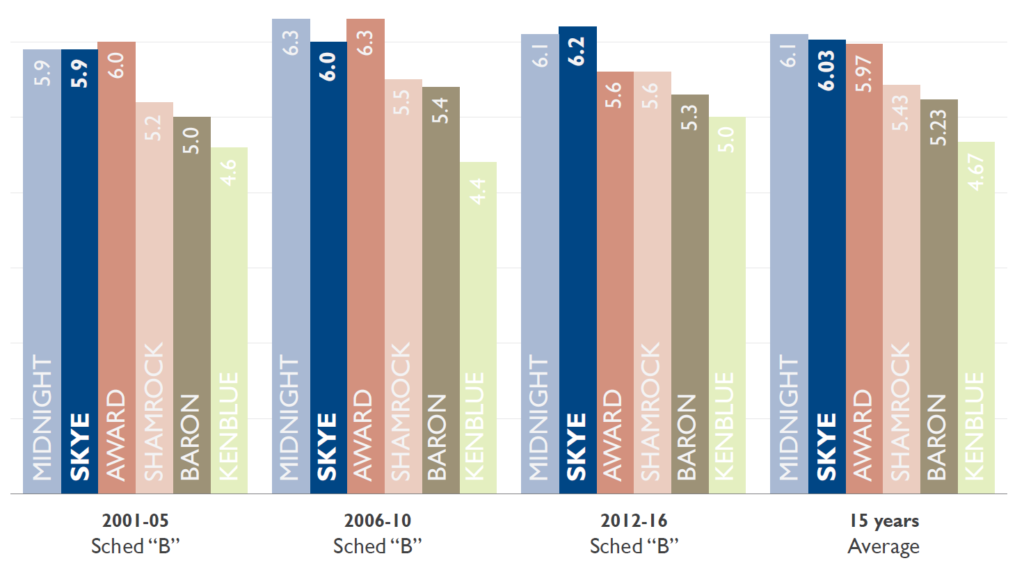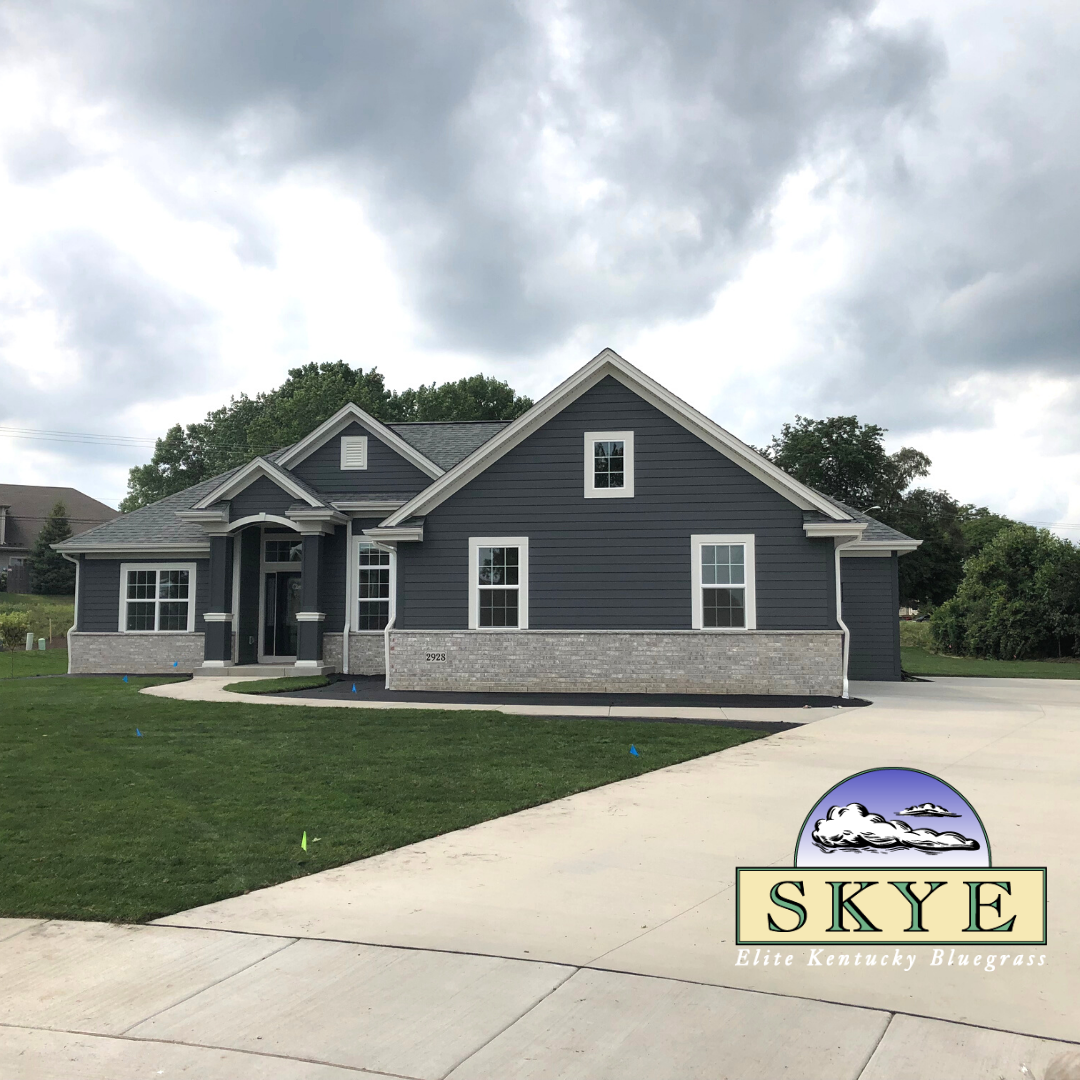Kentucky bluegrass has long been a favorite of homeowners and for those in the northern, cool climates, it just may be the best choice for a lawn. When looking for a Kentucky bluegrass, make sure to cover the basics. It’s important to think not only of your immediate needs, but for the length you will have the turf in use.
Here are a few key things to look for when selecting a Kentucky Bluegrass variety for your home lawn:
FOUNDATION
Much like with a house, turf is only as good as its foundation. If you build on little or no foundation, your investment will not stand up against the the elements. When you seed or sod your lawn with Kentucky bluegrass, it forms a solid foundation with its root mass.
Kentucky bluegrass spreads easily through the production of rhizomes, which grow horizontally just below the ground’s surface and is unique compared to other turf species. These rhizomes provide the ability of the turf to heal itself and resist wear and tear, which helps ensure the survival of the plant, giving you long lasting stability.
In the 2018 National Turfgrass Evaluation Trial in Amherst, MA. Starr Kentucky Bluegrass (GO-2628) was one of the highest rated products trialed for wear tolerance. In May it topped the charts and throughout the summer months and into October, was still out performing most of the competition.
Other charasteristics of a solid foundation include weed supression, disease resistance and drought tolerance. For a homeowner, this means fewer inputs, more money in your pocket and the peace of mind that you are stewarding resources responsibly.
The NTEP trials are a great resource for evaluating the above listed characteristics, or you can simply look for varieties of Kentucky bluegrass that have been around for a while. This is usually a clear indicator that they check a lot of boxes. For example, Prosperity and Skye Kentucky Bluegrass have been around for 20 years now and they’re still going strong. They’ve both ranked high in disease resistance and drought tolerance, meaning they’ll stay green long after other bluegrasses have gone dormant in the heat of the summer

ESTABLISHMENT
How quickly seed germinates, or establishes, is one of the most important factors when selecting a Kentucky bluegrass variety for your lawn. While Kentucky bluegrass may not scream out of the ground like ryegrass, there are still some major differences within the bluegrass species in terms of the rate of establishment.
In just 28 days, a fast germinating variety like Milagro Kentucky bluegrass can outcompete other bluegrasses and because of this, manages to hold back challengers like poa annua and other weeds. (See photo below 21 days after seeding)

LONGEVITY
In an age where everything is disposable or gets updated every six months, Kentucky bluegrass continues to be a species that is the exception to this rule. Even within the species, discerning turf users continually request only a few varieties. In the last 20 years, only six varieties of Kentucky bluegrass have been entered into the National Turfgrass Evaluation Program every time. They are Midnight, Skye, Award, Shamrock, Baron, and Kenblue. Of those six, Skye is the only variety that is still protected by PVP (Plant Variety Protected). What does that mean for a homeowner? Well, when you purchase Skye or another a PVP variety, you can be confident in the consistency of performance; knowing exactly what to expect.

20 years later, Skye Kentucky bluegrass continues to be a top performer. Newer is not always better. I have always said, “It is better to use what you know, than what you think you might know.”
When selecting a Kentucky bluegrass variety for your lawn, make sure to consider foundation, establishment, and longevity. When put together these qualities will provide you with a dependable, long-lasting lawn.





